How to Make Beef Tallow In 6 Steps [Recipe, Flavor, and Rendering Tips!]
Welcome! This article contains affiliate links, meaning I get a commission if you decide to make a purchase through my links, at no extra cost to you.
So, you’ve got a beef carcass in your freezer. And you’re unsure what to do with it. You could make beef jerky, roast it, or even grind it up and make burgers. But have you ever considered rendering the fat?
Rendering the fat is a great way to preserve it and make a ludicrously delicious cooking oil with a high smoke point. In our beef tallow post, we’ll show you how to render delicious beef tallow using a beef carcass – or leftover beef scraps.
(No fancy tools needed!)
Sound good?
Then let’s cook!
What’s Inside:
How to Make Beef Tallow
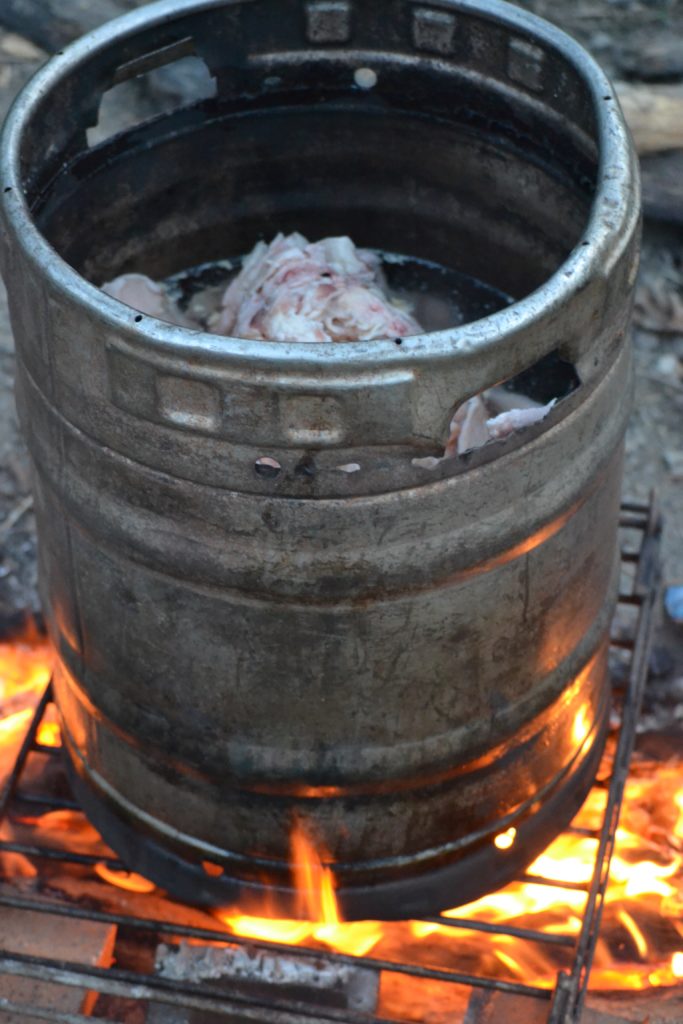
Here’s how to make homemade beef tallow. You will need to render it down by cooking it over low heat. The rendering process takes three to six hours. The time difference depends on the meat volume you’re using. The process is simple and not very time-consuming.
For many people, cooking with beef fat may not be appealing, but rendered beef fat, also known as tallow, has several advantages over other types of fat.
- It is highly stable. So it’s less likely to go rancid than other fats.
- It also has a high smoke point, making it ideal for frying and sauteing.
- In addition, beef tallow imparts a rich flavor to food, making it a popular ingredient in gourmet cuisine.
(Seriously. You won’t believe how much better meat and veggies taste with a liberal dash of beef fat used in the cooking process. You’ll see!)
Overall, making tallow from beef is an easy process that just about anyone can do. Rendering down beef-tallow will make it easier to create a stockpile of homegrown fat perfect for replacing other fats or oils in cooking.
Always store your beef fat and other animal by-products in an air-sealed container! Here you see one of our favorite tallow varieties in an air-tight jar for safe storage. It's from grass-fed cows. We think it would make an excellent replacement for butter in recipes. Fat almost always tastes better than artificial margarine or vegetable shortenings. Sorry - but it's true!
Easy 6-Step Beef Tallow Recipe
Here is how I make beef tallow these days. In huge drums! I use massive drums because we started raising our beef cattle five years ago. And you get a lot of fat from one cow. I started rendering the fat outdoors on a gas burner (or an old-school fire!) because it gets very smelly indoors!
These days, I no longer use all the fat pieces. It’s a nightmare to clarify, and those pieces take a long time to render. I now only use the suet – the high-quality fat from around the kidneys and loins. Suet is ultra clean (without impurities) and renders down without a fuss.
Tallow is a rendered form of beef fat, and it has a variety of uses. It’s perfect as an ingredient in soap, candles, and even cosmetics. Tallow can also serve as a cooking fat. And it has a high smoke point, making it ideal for frying.
So how do you make homemade tallow? The process is quite simple.
Here is our easy six-step process that works every time.
1. Collect Beefy Fat Trimmings
First, you need to collect beefy fat trimmings. These can get obtained from your local butcher or grocery store – or, of course, from a cow you raised yourself. If you have the chance, try to harvest or buy suet fat instead of regular fat trimmings – although both will produce excellent tallow.
(We try to source the most delicious beef possible. Not everyone can find wagyu beef – but the rendered fat is heavenly.)
2. Cut Your Beef Into Small Pieces
Once you have your fat trimmings, cut them into small pieces. Start by placing a large cutting board on your tabletop or counter. Then use your sharpest deli knife to slice the fat into tiny chunks of about one-to-two inches.
(We love to buy fat trimmings from our local butcher. If you go that route – you still need to clean the meat. Take a few minutes to slice any beef bits remaining. You want only the fat!)
3. Toss the Beef Fat Into a Slow Cooker or Crockpot
Here’s the fun part. Place the freshly-cut fat chunks in a crock pot or slow cooker. You don’t need to get fancy with the most elegant cooking device. I’ve used a Hamilton Beach slow cooker I got on Amazon for less than $30, and it works fine. (It was the smallest and cheapest crockpot I could find!)
Also – what about water? Many beef tallow recipes we see these days use water. Water helps to prevent the fat from sizzling during rendering. However, you don’t need water if you keep the temperature below 200 degrees Fahrenheit.
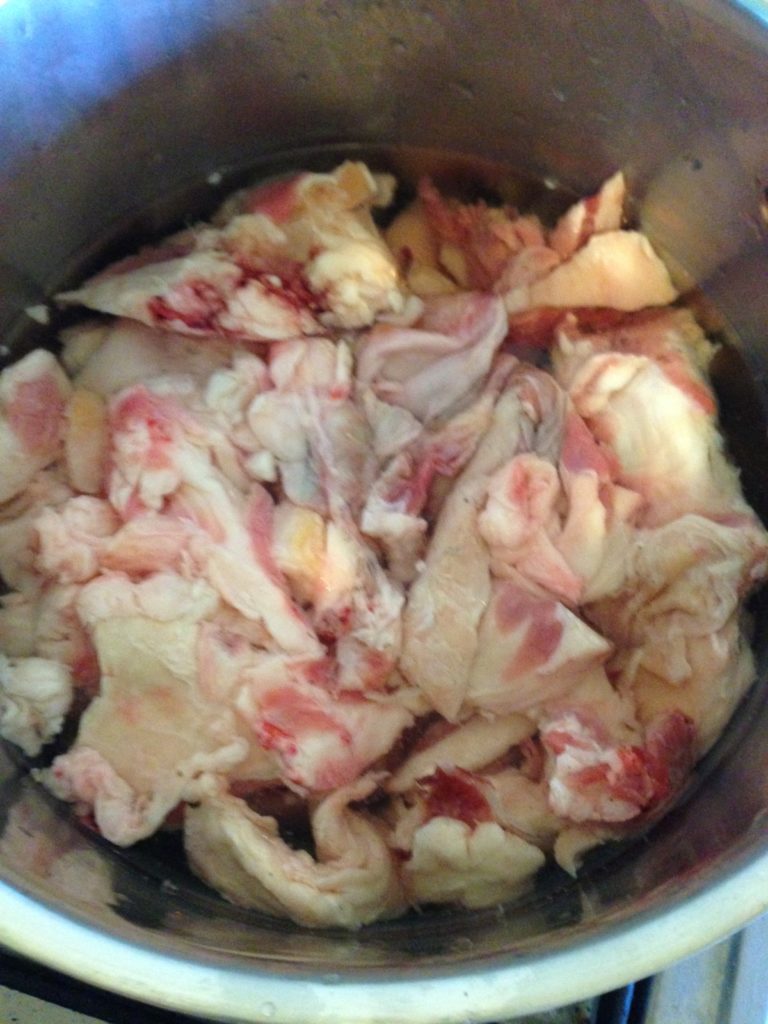
4. Render Your Beef Fat Slowly and Stir Occasionally
We want to put the pot or slow cooker on low heat and allow it to render slowly. This process can take several hours, but it’s important not to rush it.
We usually aim for about two hundred degrees Fahrenheit when rendering over three to six hours in the slow cooker or crock pot. If it boils – your crockpot is too hot. Use the lowest setting on your slow cooker!
Visit the crockpot every 20 minutes (or so) to gently stir the rendering fat.
5. Let Your Tallow Cool Slightly
After a few hours, you will notice that most of your beef fat is now liquified. You may also observe small bits and pieces of beef or crispy fat chunks lingering behind.
If the fat looks sufficiently melted, turn off the crockpot. Let the fat cool for a few minutes. But don’t wait too long – or it may solidify.
6. Strain the Beef Tallow Into Air-Tight Jar
After the beef fat cools slightly, we want to put it into an air-tight container. We use mason jars for everything on our homestead – so it’s our preferred choice.
But don’t pour the rendered fat directly from the crockpot into the jar. Instead, strain the contents through a cheesecloth or coffee filter to remove any impurities.
Beef tallow we’ve made stays fresh and delicious for at least six months in our fridge. We suspect freezing it could make it last much longer.
And that’s it! You’ve now made your beef tallow.
You can now use it for French fries, fried eggs, beef stews, soap, or whatever you wish.

More Tips for Making Perfect Beef Tallow
We have tons of experience making delicious and creamy beef tallow.
So – we want to share our best beef tallow rendering tips for the best flavor and application.
Enjoy!
Is Beef Tallow the Same as Beef Fat?
Are you a fan of cooking with beef tallow? Then you may wonder if it’s the same as beef fat. The answer is both yes and no. Beef tallow is a rendered beef fat. In other words – it’s been purified and processed to remove impurities.
However, not all types of rendered beef fat are tallow. Tallow is (usually) made from the fatty tissues around the cow’s kidneys and loins, while other types of beef fat can come from any part of the animal.
Tallow (beef) has a higher melting point than other cooking oils, which makes it ideal for frying or baking. It also has a distinct flavor that some prefer over other beef fats or oils.
Here you see a big pan of beef fat (with some meat) before I render it into yummy tallow.
Is Beef Tallow the Same as Lard?
These two ingredients are often used interchangeably in cooking, but there are some vital distinctions between them. Tallow comes from beef. But lard comes from pork.
Tallow has a slightly different flavor than lard, which may be noticeable in some dishes. Tallow is solid at room temperature. Lard is semi-solid. This distinction can be important when choosing an ingredient for a recipe. Tallow also has a higher melting point than lard, which means it’s perfect for frying at higher temperatures.

How Long Does Tallow Take to Make?
Making tallow from beef is a relatively simple process. But it does take some time – usually about three to six hours total. The time required will depend on the amount of fat rendered and the method used.
For small batches of fat, the entire process takes a few hours. However, more significant amounts require several days to render correctly. (Don’t forget the preparation. Some meat or fatty cuts take more time to cut.)
Here you see some of my homemade tallow on the scales for soap making. I remember that it was a little crumbly. It’s a batch from before I started only rendering the suet. Tallow from suet results in a cleaner and more shelf-stable tallow!
Read More!
- Here’s How to Make Super Simple DIY Tallow Soap! 30-Minute Recipe!
- The Differences Between Tallow vs. Lard vs. Schmaltz vs. Suet and How to Use Them!
- Rehydrating Beef Jerky: A How-to Guide
- How Much Meat Is Half a Cow? Weight, Cost, and Storage Guide!
- Fermented Jalapeño Hot Sauce Recipe! Homemade DIY and Delicious!
How Long Does Homemade Beef Tallow Last?
Beef tallow will last at least six months when stored in an air-tight jar in your fridge. We suspect that freezing the fat can increase its shelf-life. However, we always use most of our fat before it goes rancid – so long-term storage has never been a problem for us!
Why Is Tallow Good for Making French Fries?
Two reasons. One – is the flavor. We swear that fat-fried fries taste better. Period! Also – tallow has a few hidden benefits. It has a high smoke point, which means it can be heated to a higher temperature before it begins to smoke. The high smoking temperature makes it an ideal cooking fat for dishes that require longer cooking times.

Can I Make Tallow from Ground Beef?
Yes! Tallow is more than a hard white substance used to make candles and soap. Did you know that beef tallow can also derive from ground beef? The process is quite simple. First, the ground beef is simmered in water to render the fat.
Once the fat gets rendered, it is strained and cooled. As it cools, it solidifies and serves in various ways. While it may not be ideal for making candles or soap, tallow made from ground beef can work as a delicious and natural cooking oil.

What Temperature Does Fat Melt?
Tallow has a melting point of around 115 to 120 degrees Fahrenheit, meaning it requires quite a bit of heat to turn it from a solid to a liquid state. This high melting point is because tallow comprises long-chain fatty acids. Long-chain fatty acids are more resistant to heat than other fats. Tallow has a relatively high melting point but is still lower than many substances.
How Do You Get the Smell Out of Tallow?
You know that the tallow rendering process can produce quite a pungent smell. While the aroma is not necessarily unpleasant, it can be overwhelming if you’re not used to it.
Luckily, we know a few tricks to get rid of the smell.
First, try boiling it for a few minutes. Boiling in water should help to evaporate some of the volatile compounds that contribute to the smell. You can also try adding a few drops of essential oil. A mild essential oil can help to mask the smell without negatively impacting the quality or flavor.
I get much fatty tallow from each cow. (My last rendering batch was over 30 pounds!) Each cook results in a ton of soap!
Our tallow at home gets used about 30% in soap, so this batch lasted us years! Every mold I own gets used to make soap whenever I make a batch.
All hands on deck!
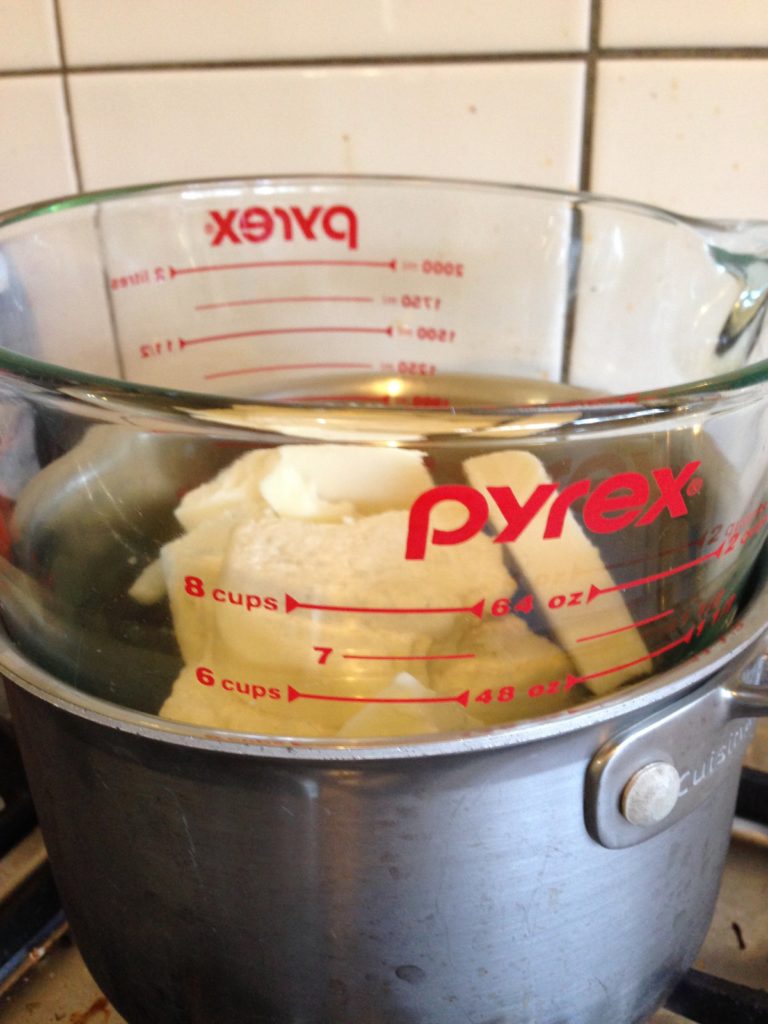
5 Ways to Use Your Beef Tallow After It Gets Rendered
We also want to share five of our favorite ways to use your beef fat once it gets rendered.
(We have a few tips even for vegans and vegetarians!)
Sound far-fetched? Then consider the following.
1. Beef Tallow Candles

Beef fat is practical even if you’re not on a low-carb diet plan. In other words – you don’t have to eat it. You can also use it to make beef-fat candles!
Here’s how.
We found an excellent tutorial on Instructables teaching how to make tallow candles using nothing but beef fat and a soda can. (They used a cotton shoelace as a wick.)
2. Beef Tallow Bird Feeders

Tallow has more uses than adding a beef flavor to food and skin products. Your backyard birds also love eating beef suet – guaranteed! We found an excellent beef tallow and bird suet recipe on the Iowa State University blog that gives more details. The suet recipe requires animal fat (pork fat or beef fat) and birdseed.
If you want to spoil your garden visitors and birds with an ultra-tasty upgrade, try mixing peanut butter, nuts, or dried fruit. (Just a warning. Other animals – like squirrels, raccoons, chipmunks, and black bears love suet! We always advise bringing your suet cage indoors overnight. Or you may invite unexpected guests!)
3. Beef Tallow French Fries
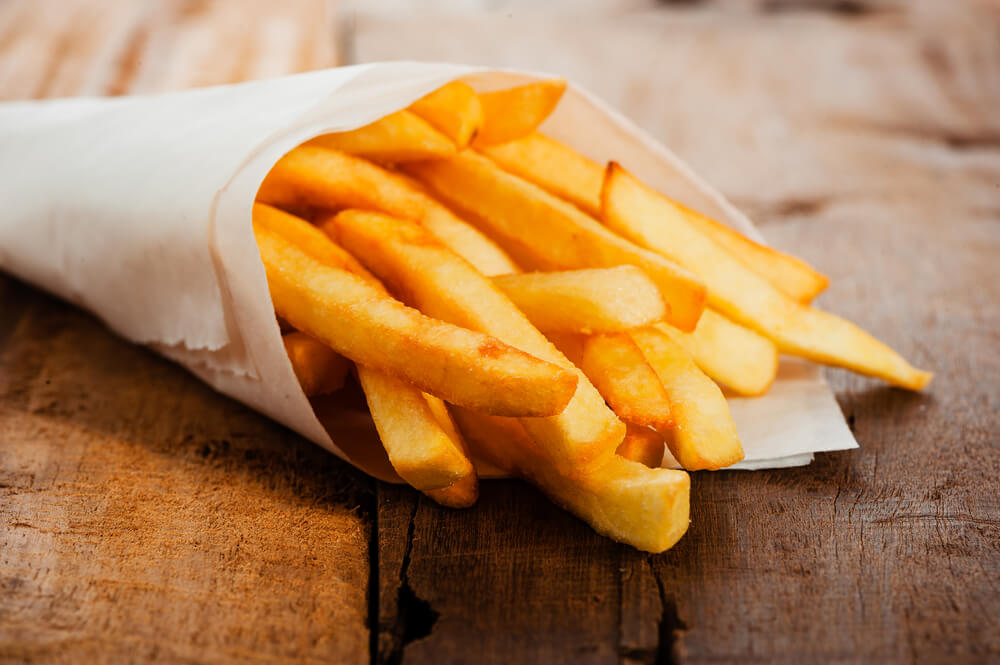
Few things in this world taste as delicious as homemade fries! And did you know that Mcdonald’s used to cook their French fries in tallow?
We read a fascinating article from MIT’s newspaper archive with more information. Evidently, in 1990, Mcdonald’s switched from beef tallow to vegetable oil.
We bet the fries tasted divine when cooked with beef fat rather than vegetable oils! But, it seems like Mcdonald’s was concerned about vegetarians – and their perception of beef fat. (Fascinating.)
4. Beef Tallow Soap

As thrifty beef and dairy enthusiasts, we want to make the most of our beef trimmings. That means making beef products from little-known sources. Take soap as an example! We found a legendary homemade soap-making guide from February 1955. (Via North Dakota Agricultural College.)
The guide gives detailed instructions for turning liquid tallow into hard white soap. The recipe makes nine pounds of soap using six pounds of beef tallow (fat), water, and lye.
We love homemade soap for anyone with sensitive skin or homesteaders seeking to use organic chemicals.
5. A Little-Known Native American Beef Tallow Recipe
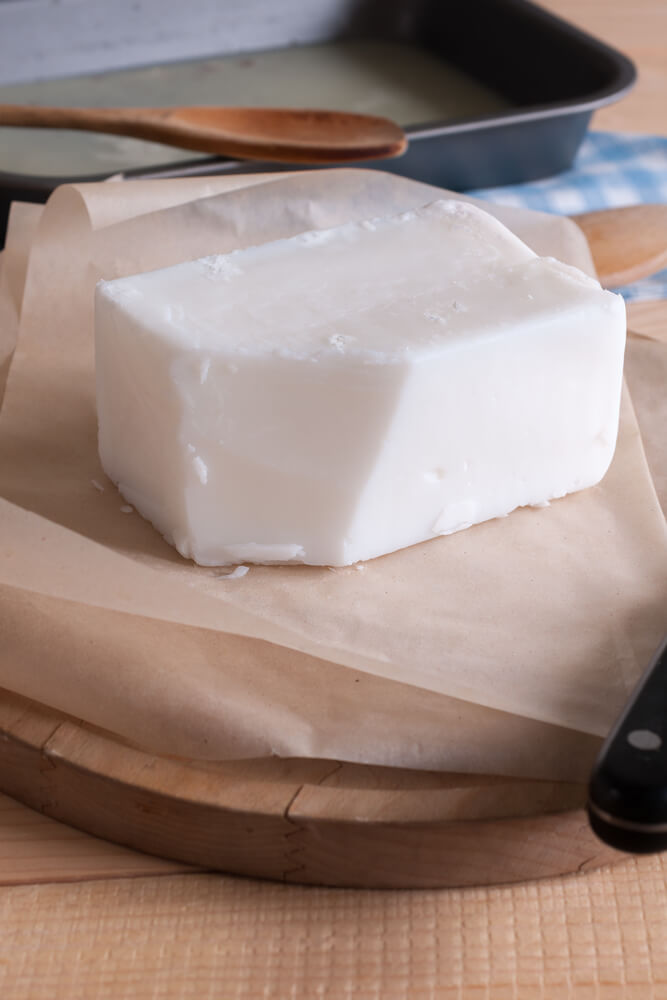
We want to share a fascinating and little-known beef tallow recipe from the Lakota Native American people. It’s called Wasna. It’s an energy food using beef (or bison) jerky, cranberries (or chokecherries), and beef fat.
Wasna was historically used when native homesteaders needed an energizing snack but ran low on fresh meat. It’s packed with protein, fats, and energy. Get your stock pot ready!
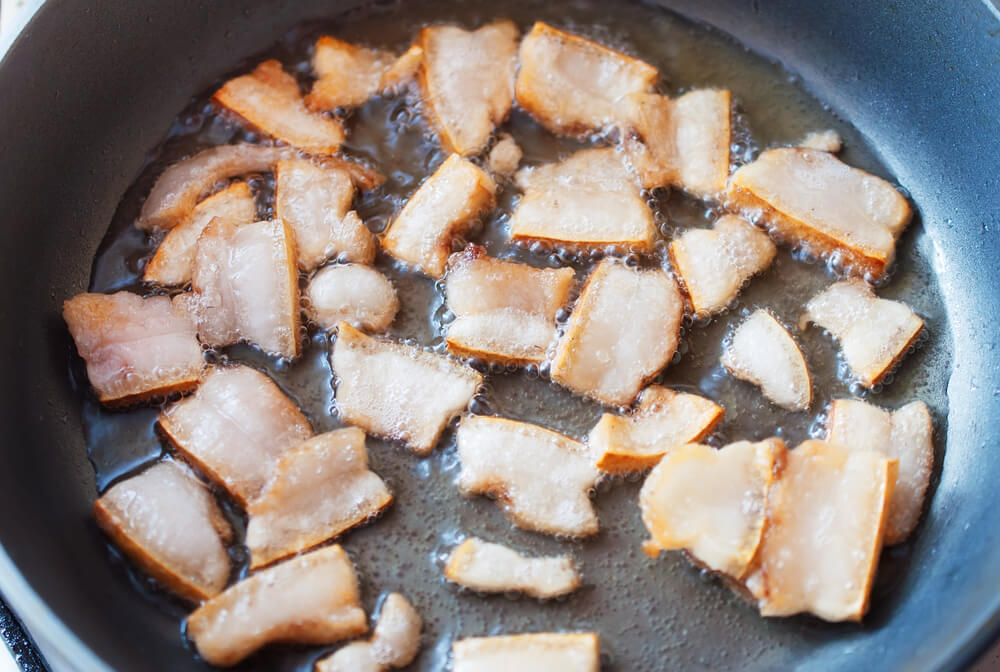
Final Thoughts
Beef tallow is a great way to cook with healthy fats, and it’s simple to make. Have you ever tried cooking with beef tallow? If not, give it a try! You may be surprised at how delicious and satisfying it is.
In the meantime, we invite you to ask us any beef tallow or beef questions.
We love cooking. And eating!
So – we’re happy to help.
Thanks again for reading.
And have a great day!
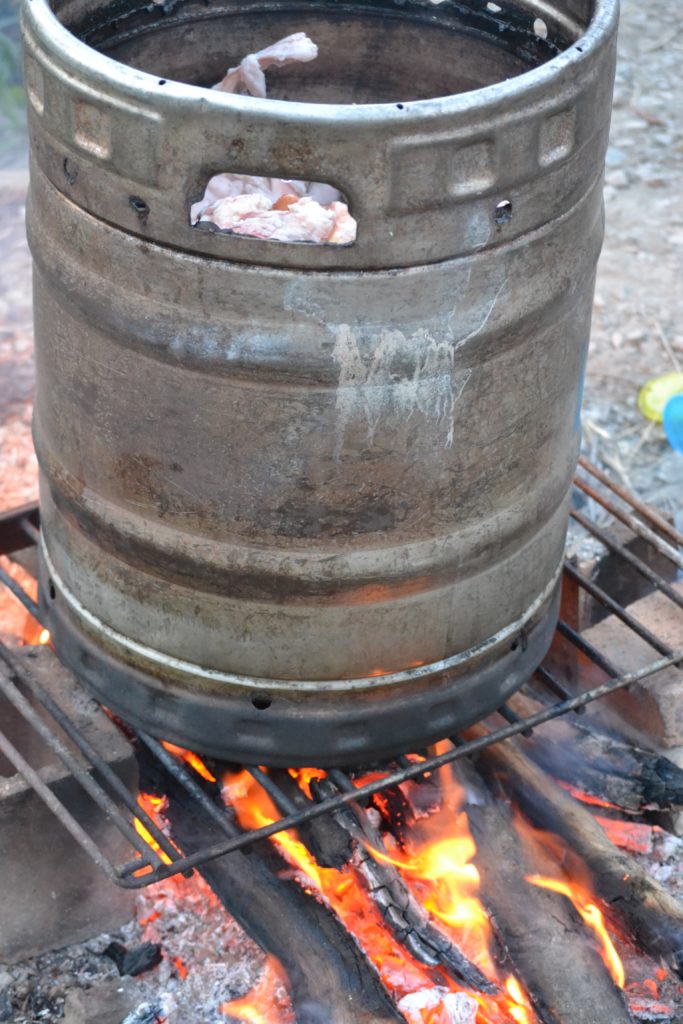
Keep reading!
- 8 Best Soap-Making Books For Beginners – Pros and Cons Review!
- Lard- Good for You, Good for Your Wallet!
- Does Bacon Grease Go Bad? Yes. But Here’s How to Keep It Good!
- How to Season a Cast Iron Pan With Avocado Oil [Simple Steps to a Perfectly Seasoned Pan]
- Living Off the Land 101 – Homesteading Tips, Off-Grid, and More!

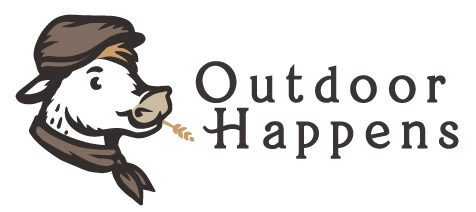



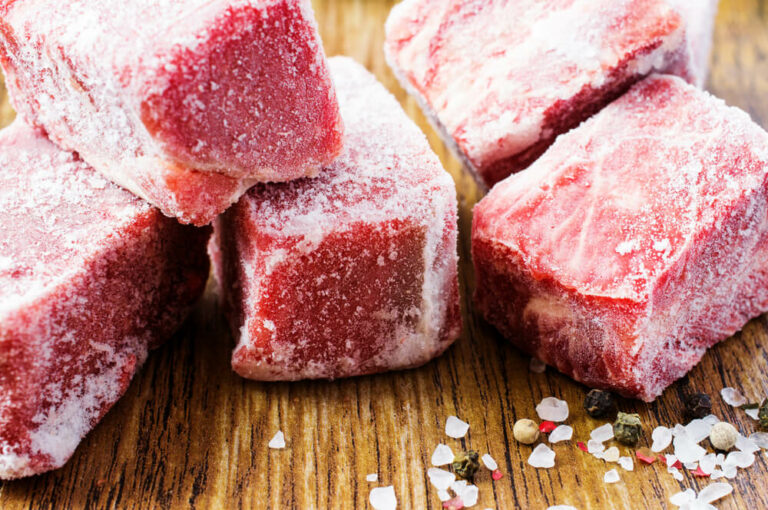
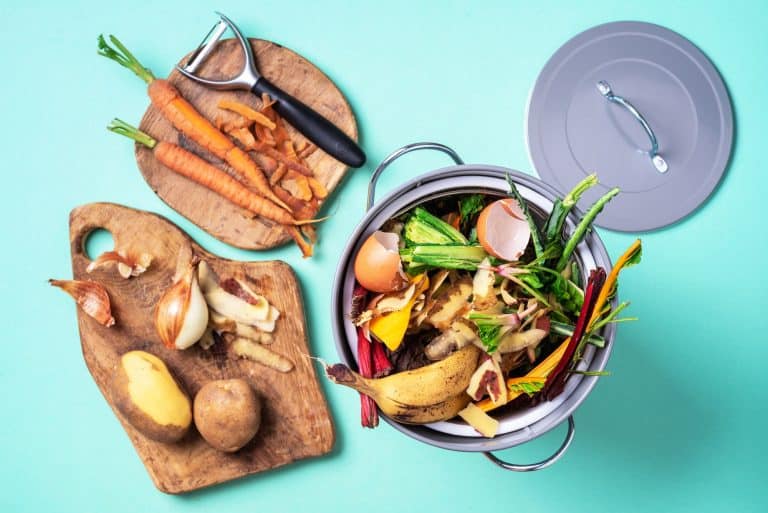
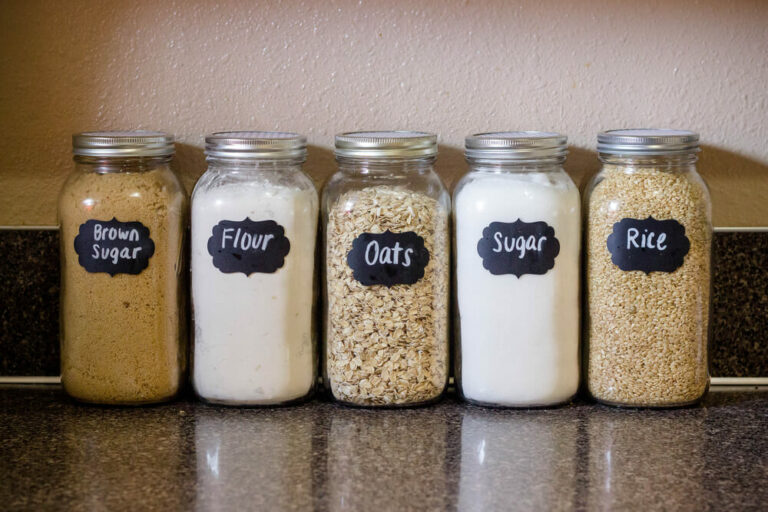

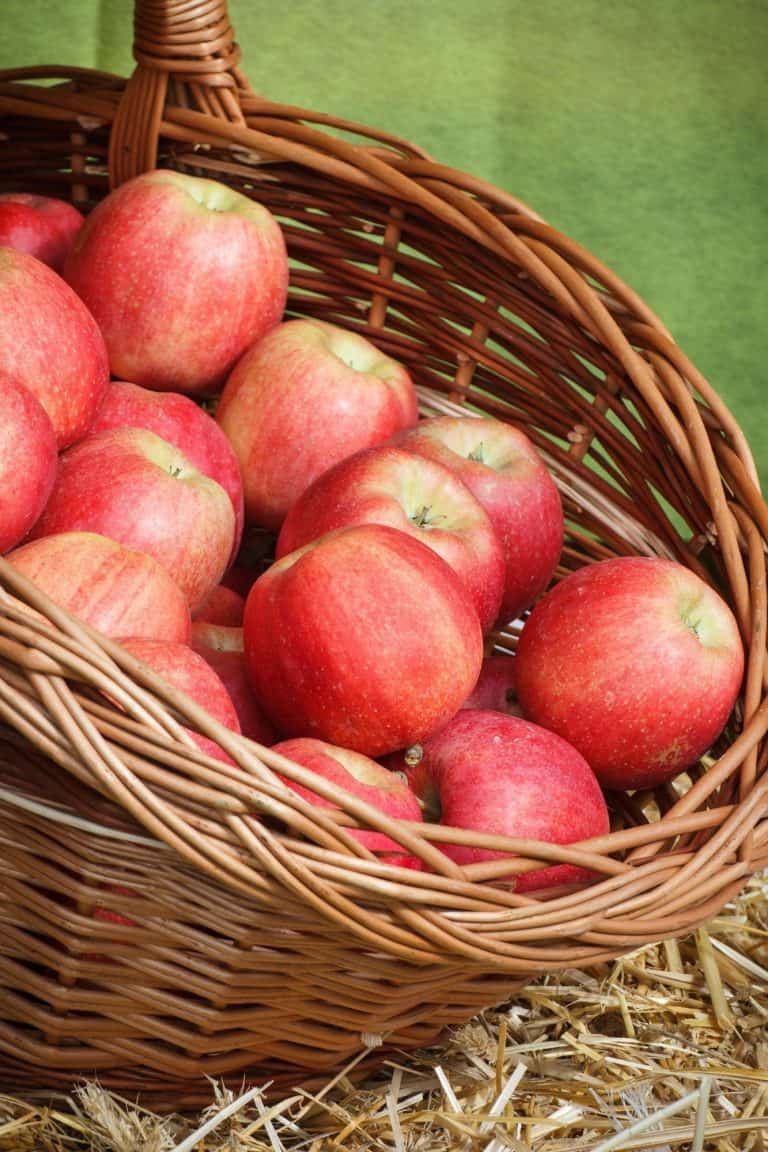

This is a very nice post:
You say you render the tallow outside in a large metal drum, but your instructions are for using a crockpot inside…
BTW, it doesn’t look so big, like a rocket stove size…..How big is it in reality?
And what are the instructions for the outside render?
Hi Carol!
The rendering drum is an old keg with the top cut off it – I’m estimating around 15-gallon capacity.
The process is the same as with the crock pot 🙂 It’s a little harder to keep the temperature stable on a gas burner or open fire but it works just fine regardless. You could maybe look at using a turkey fryer for big quantities, or another vessel with auto temperature control.